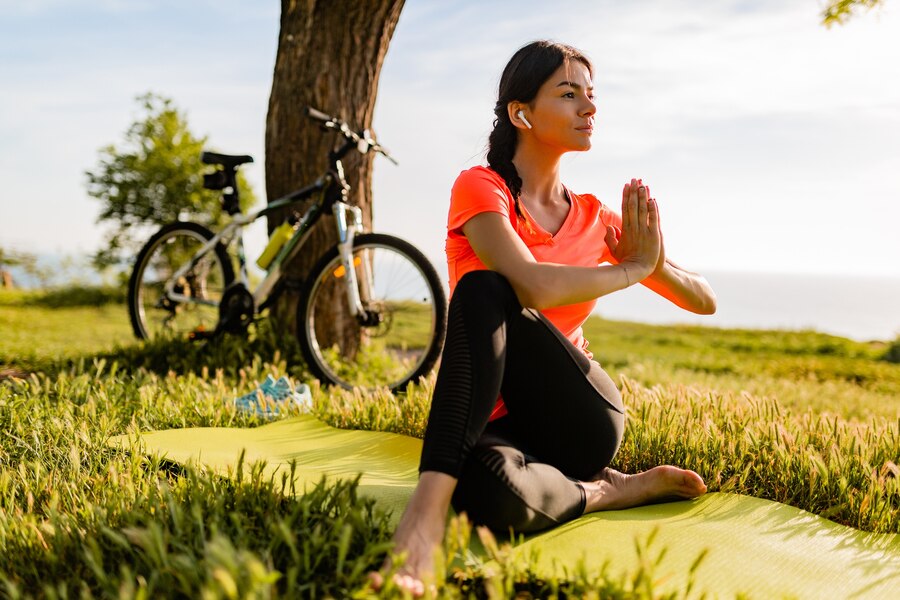A new study from The Lancet has revealed that by 2030, a large portion of the population may be unfit. Here’s how you can try to stay fit and active.
The sedentary lifestyle has unfortunately become a new normal. Actions have consequences and here they have led to an alarming decline in fitness levels across the country. A recent study published in Lancet Global Health revealed some worrying health trends that highlighted the prevalence of insufficient physical activity in Indians. According to the data, the prevalence was 22.33 percent in 2000 and jumped to 49.4 percent in 2022.
“Physical inactivity is a silent threat to global health and contributes significantly to the burden of chronic diseases. “This shows a worrying trend of increasing physical inactivity among adults,” said Dr. Rudiger Krech, WHO Director of Health Promotion.
New Lancet study reveals data on insufficient physical activity in a growing population
- The data highlighted that in 2022 approximately fewer women (57.2 percent) than men (42 percent) did not get enough exercise.
- More than 60 percent of India’s adult population may be unfit by 2030
- The highest inactivity rates were found in high-income Asia-Pacific (48 percent) and South Asia (45 percent), while in other regions they ranged from 28 percent in high-income Western countries to 14 percent in Oceania.
- The global prevalence of insufficient physical activity in 2022 was 5 percentage points higher in women than in men
According to the 2020 WHO physical activity guidelines, it is recommended that adults engage in at least 150 minutes of moderate-intensity activity per week, 75 minutes of vigorous-intensity activity, or an equivalent combination to confer many of these benefits.
7 lifestyle tips to stay active and fit
- Start by walking: You need to start somewhere and walking is an easy and effective physical activity to start your exercise regimen.
- Consistent exercise routine: Try to follow a regular exercise program, even if that means modifying your workouts to accommodate rainy weather. This could mean more indoor activities like yoga, bodyweight exercises, or online exercise classes.
- Functional strength training: Incorporate functional strength exercises that engage multiple muscle groups and improve overall fitness. This type of training can be easily performed at home with bodyweight exercises or minimal equipment.
- Incorporate HIIT workouts:High-intensity interval training (HIIT) is an effective way to maintain cardiovascular fitness and burn calories, even in a limited period of time. These workouts can be easily adapted for indoor or outdoor settings.
- Stay hydrated and nourished: Make sure you drink enough water throughout the day and eat a balanced, nutrient-dense diet rich in seasonal monsoon foods. Proper hydration and nutrition support your overall health and fitness goals.
- Prioritize recovery and rest: Allow your body enough rest and recovery, especially during the monsoon season when the weather and possible illnesses can be demanding.
- Incorporate activities such as gentle stretching, foam rolling, and getting enough sleep into your routine.
